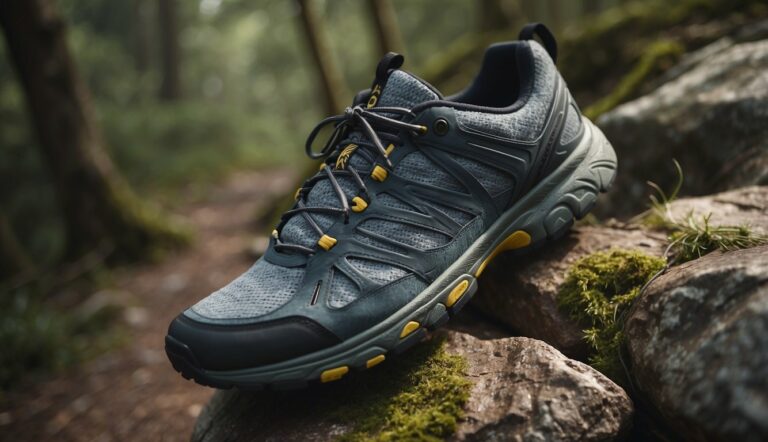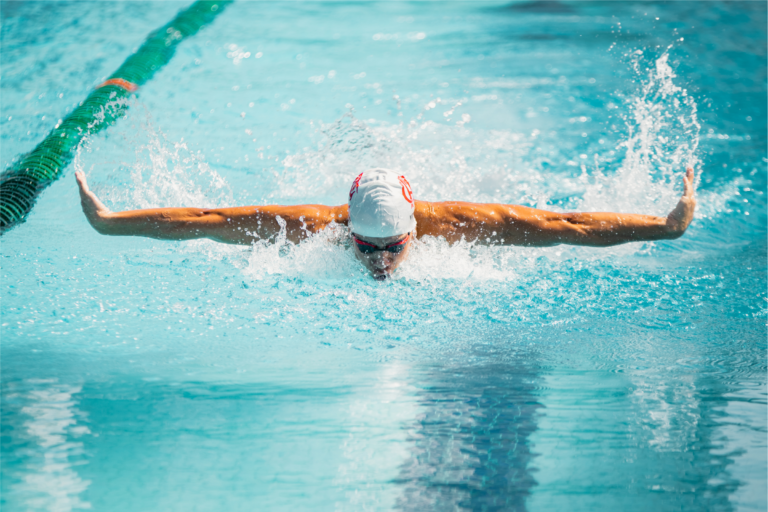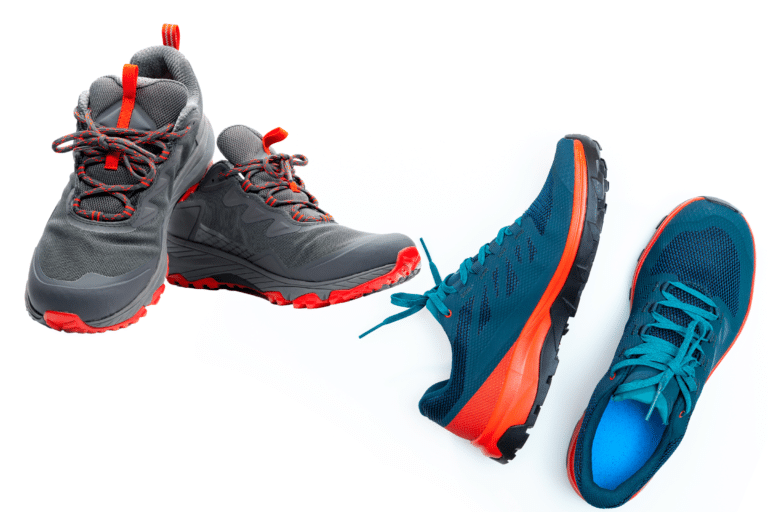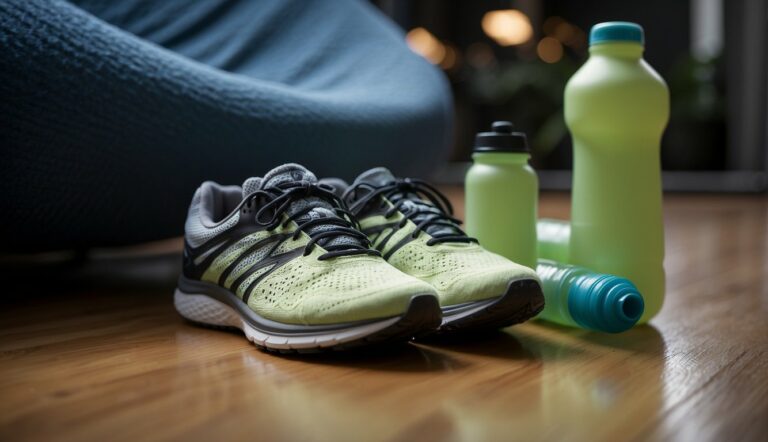How to Transition to Zero Drop Running Shoes: A Simple Step-by-Step Guide
As a runner, transitioning to zero-drop running shoes can be beneficial for your running form, foot strength and overall health, but it requires a careful and gradual approach to avoid injury. Start by wearing your zero-drop shoes for short walks, then slowly integrate them into your running routine, beginning with low mileage.
In the course of strengthening your feet with targeted exercises, focus on maintaining proper running form, and listen to your body to prevent discomfort. Alternating with your old running shoes and considering an interim transition shoe with a slight heel drop can also ease the adjustment period. This transition process can yield some impressive results, improving your comfort and performance.
With patience, the right strategy, and the expert tips from your health professionals, you can make a successful switch to zero-drop running shoes.
How To Transition To Zero Drop Running Shoes
Transitioning to zero-drop running shoes is a gradual process that involves strengthening your feet and adapting your running form. Here’s how you can make the switch safely and effectively.
Start Slowly
Begin your transition by walking in your zero-drop shoes before running on trails, or any other terrain. This helps your feet and Achilles tendon adjust to the new ground feel and reduces the risk of injury.
- Acclimation: Use zero-drop shoes for daily activities to allow your body to acclimate to the lack of heel elevation.
- Progressive Walking: Begin with short walks and progressively increase the distance to build tolerance.
- Monitor Discomfort: Pay close attention to any signs of discomfort or strain, which may indicate the need to slow down the transition.
Strengthen Your Feet
Strong feet are vital for zero-drop shoe running. Incorporate exercises like calf raises and toe walks to build the muscles in your calves and soleus. These exercises improve your foot strength and mobility.
- Targeted Exercises: Perform exercises specifically targeting the muscles used more intensively in zero-drop running, such as toe curls, arch lifts, and foot doming.
- Consistency: Integrate foot-strengthening exercises into your daily routine to gradually build endurance and strength in the muscles of the feet and lower legs.
- Balance Work: Practice balance exercises to improve stability and strength, which can help prevent overuse injuries associated with zero-drop running.
Increase Mileage Gradually
When you start running, increase your mileage slowly. You might begin with just a mile or two and increase by no more than 10% per week. This allows your calf muscles and tendons time to adapt.
- Incremental Running: Start with a very short run in zero-drop shoes and gradually add distance, ensuring your body can handle the increased stress without pain.
- Rest and Recovery: Incorporate rest days to allow your muscles to recover, which is crucial during the early stages of transition.
- Patience: Be patient with the process and avoid the temptation to increase mileage too quickly, as this can lead to injury.
Focus on Running Form
Zero-drop shoes encourage a more natural running form. Pay attention to landing on the middle of your foot and keeping your strides short and quick. This minimizes the impact on your knees and hips.
- Midfoot Striking: Concentrate on landing with your midfoot beneath your body to reduce impact forces on the legs and back.
- Cadence: Work on maintaining a higher cadence, which can help reduce stride length and encourage a more efficient running form.
- Posture: Maintain an upright posture with a slight forward lean from the ankles, which is often more naturally achieved in zero-drop shoes.
Listen To Your Body for Signs of Pain or Discomfort
If you feel pain or discomfort in your feet, calves, or Achilles tendon, it’s a signal from your body to pull back. Taking a rest day or cross-training can give your body time to recover.
If needed, a visit to a podiatrist may be beneficial to understand if any adjustments to your form or routine are needed.
- Pain as an Indicator: Use pain as an indicator of when to cut back on intensity or mileage.
- Cross-Training: Incorporate non-impact cross-training activities, such as cycling or swimming, to maintain fitness while reducing the risk of overuse injuries.
- Professional Advice: Seek professional advice if pain persists, as it may indicate the need for a more tailored transition plan or the presence of an injury that needs treatment.
Alternate Between Old and Zero-Drop Running Shoes
During the transition, alternate between your old shoes and zero-drop running shoes. This strategy eases the strain on your muscles and tendons as they adjust.
- Transition Period: Use your traditional running shoes for longer runs or more intense workouts while using zero-drop shoes for shorter runs to ease the transition.
- Variable Training: Varying your footwear can also help train different muscle groups and reduce the risk of overuse injuries associated with abrupt changes in shoe structure.
- Adaptation Time: Give your body time to adapt to the zero-drop shoes by not rushing to discard your old shoes too quickly.
Consider a Transition Shoe Before Zero-Drop
Using a transition shoe with a slight heel drop can be a comfortable interim step. They have less of a heel drop than traditional shoes but more than zero-drop shoes, easing the transition.
This is particularly beneficial for runners who have particular needs in regard to their arches.
- Intermediate Step: An intermediate shoe with a low heel-to-toe drop can serve as a bridge between traditional and zero-drop shoes, helping your body adjust to less heel lift gradually.
- Heel Drop Reduction: Look for transition shoes that offer a heel drop of around 4-6 mm, which can be less of a shock to the system than moving straight to zero-drop from a traditional 10-12 mm drop.
- Adjustment Period: Wear the transition shoes for several weeks or even months, depending on your comfort and adjustment level, before fully transitioning to zero-drop shoes.
By incorporating these steps and paying attention to your body’s signals, you can enjoy the benefits of zero-drop running shoes while minimizing the risk of injury.
Potential Benefits of Using Zero Drop Running Shoes
When you transition to zero-drop running shoes, you’re choosing a footwear option that encourages a more natural gait and posture, aligning more closely with barefoot running.
Running Experience
Your running experience might feel more authentic as zero-drop shoes promote a running gait where the forefoot or midfoot strikes the ground first, rather than the heel. This can lead to a more efficient biomechanics, potentially reducing the risk of injury by lessening the impact on your joints.
Minimalist and Barefoot Features
Zero-drop shoes share similarities with minimalist and barefoot shoes, emphasizing the importance of good posture and natural foot movement which is also great for the health of your foot arches. They typically have a wider toe box, giving your toes room to spread and strengthening the intrinsic muscles of your foot.
| Advantages | Disadvantages |
|---|---|
| Encourages natural foot alignment | May require a careful transition period |
| Can improve balance and muscle strength | Not suitable for everyone’s running style |
| Might reduce injury risk over time | Less cushioning than traditional shoes |
Remember that while some runners report a more enjoyable running experience, the transition period is crucial.
Start slowly and listen to your body, as the lesser cushioning and different mechanics can initially lead to discomfort or strain. Zero-drop shoes could possibly reshape your running for the better, but they’re not a one-size-fits-all solution.
Potential Issues of Using Zero Drop Running Shoes
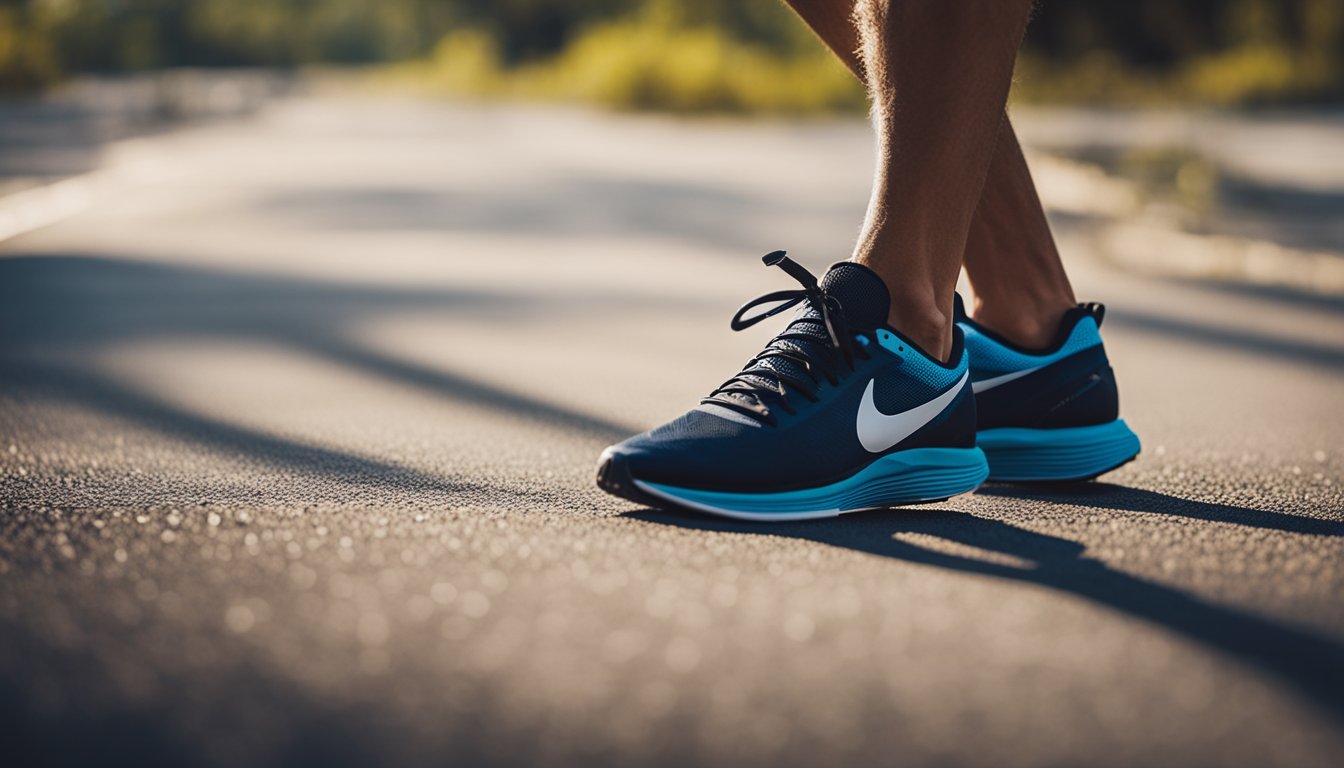
When you switch to zero drop running shoes, which have no height difference between the heel and toe, it’s important to understand how the change can affect your running experience.
These shoes are designed to improve pronation, providing better support for your ankle, and are available in designs suitable for both men and women.
Injury Risk
If you transition too quickly, you risk injuries. Your feet and leg muscles, accustomed to the support of traditional running shoes, will need time to adapt to the new demands of minimal cushioning and different gait patterns, including a shift from heel strike to a more forefoot strike.
- Transitioning Gradually: Start by alternating between your current shoes and zero drop shoes. Increase the duration and frequency over weeks or months.
- Biomechanics: Pay attention to your running form, as zero drop shoes require a more natural gait and good posture.
Biomechanics & Posture
Zero drop shoes promote a natural running form, which can mean a shift in how you land with each step. Instead of landing on your heel, you’ll be encouraged to use a forefoot strike, landing on the ball of your foot or the midsole. This is a significant adjustment for many people.
Running Experience:
- Minimalist vs. Traditional: Zero drop shoes offer a minimalist feel, resembling barefoot running. They can enhance your sense of the ground and your own body’s mechanics, potentially improving posture.
- Gait Changes: Your gait may need to recalibrate as you adjust to zero drop shoes, focusing on a shorter stride and higher cadence.
| Shoe Type | Gait Characteristic | Adaptation Needed |
|---|---|---|
| Zero Drop | Midfoot or forefoot landing | Increased calf strain |
| Traditional | Heel landing | Less calf engagement |
Remember, while there are pros to wearing zero drop shoes like a more natural gait and better posture, the cons, such as a higher initial injury risk, are also important to consider.
Taking your time and listening to your body’s responses during your transition will be key to your success with zero drop running shoes.
Adapting to Zero Drop Running Shoes on Road or Trail
Transitioning to zero drop running shoes like Lems is a journey that requires patience and gradual adjustment. These shoes offer a more natural foot position, often with less cushioning and arch support than traditional shoes.
For both road and trail running, it’s important to give your body time to adapt.
Starting Out:
Begin by alternating between your zero drop shoes and traditional shoes with more cushioning. This helps your feet and legs get used to the new mechanics.
- Weeks 1-2: Walk or run short distances in zero drops.
- Weeks 3-4: Gradually increase distance, monitor for discomfort.
Adjusting Your Gait:
Zero drop footwear encourages a midfoot strike, which is different from the heel strike you might be used to.
- Focus: Pay attention to your running form. Aim for a comfortable, efficient stride.
- Practice: Use drills or barefoot strides on grass to improve technique.
Strength and Flexibility:
Minimalist running shoes, inspired by the book Born to Run, can require more from the muscles in your feet and calves.
- Exercises: Perform calf raises and toe exercises to strengthen.
- Stretching: Regular calf and foot stretches can increase flexibility.
Remember, the transition period may last from a few months to a year, depending on your individual progress and experience, especially for hiking or long runs.
What Exactly Are Zero Drop Running Shoes?
When you hear the term zero drop running shoes, it’s referring to the heel-toe drop, which is the height difference between the heel and the toe.
Zero drop means that this differential is non-existent — both the heel and the toe are at the same level, mimicking the way your foot lies flat on the ground when you’re barefoot.
Minimalist shoes often feature a zero-drop design, but not all zero-drop shoes are minimalist; some may have cushioning while still maintaining the same stack height from heel to toe.
This design is intended to provide a more natural feel during your run, promoting a potentially healthier running posture and stronger foot muscles over time.
| Feature | Description |
|---|---|
| Zero Drop | Equal heel and toe height, providing a flat base |
| Minimalist Design | Streamlined, potentially with less cushioning |
| Stack Height | Total shoe cushioning thickness; can vary in zero-drop shoes |
| Natural Feel | Designed to mimic barefoot running |
If you’re transitioning from shoes with a traditional heel-toe drop, such as a 4-12 mm drop, it’s important to adjust gradually to zero-drop shoes to avoid strain on your body. This methodical shift allows your muscles and tendons to adapt to the new alignment and can reduce the risk of injury.

